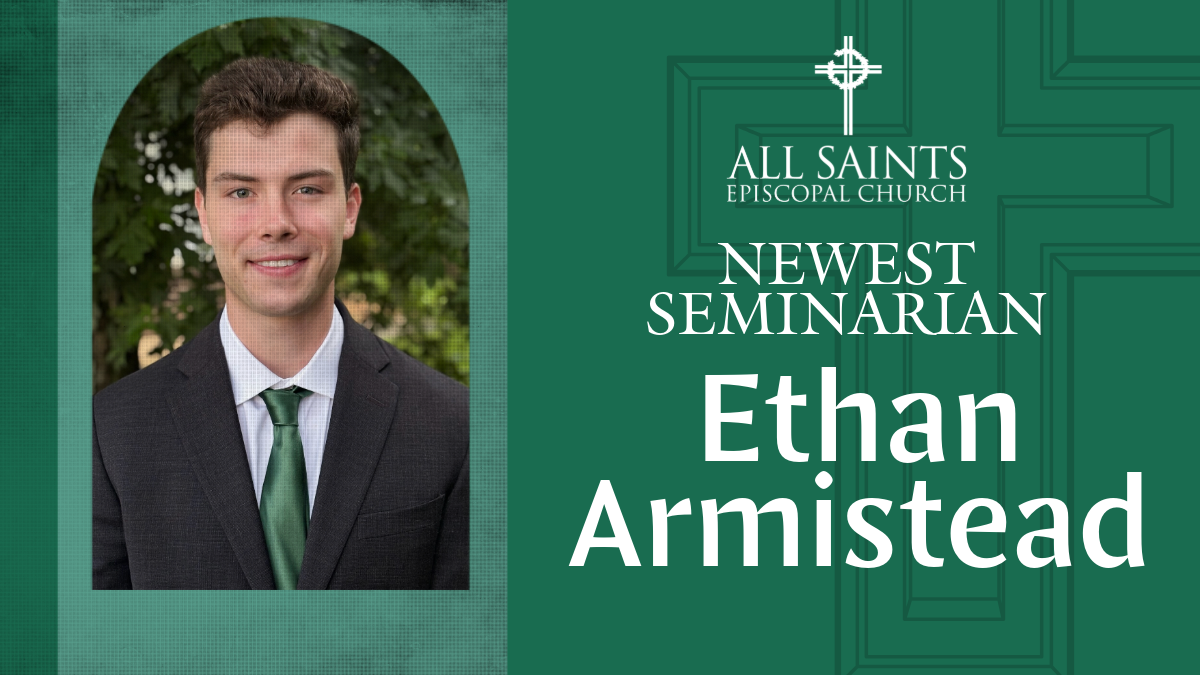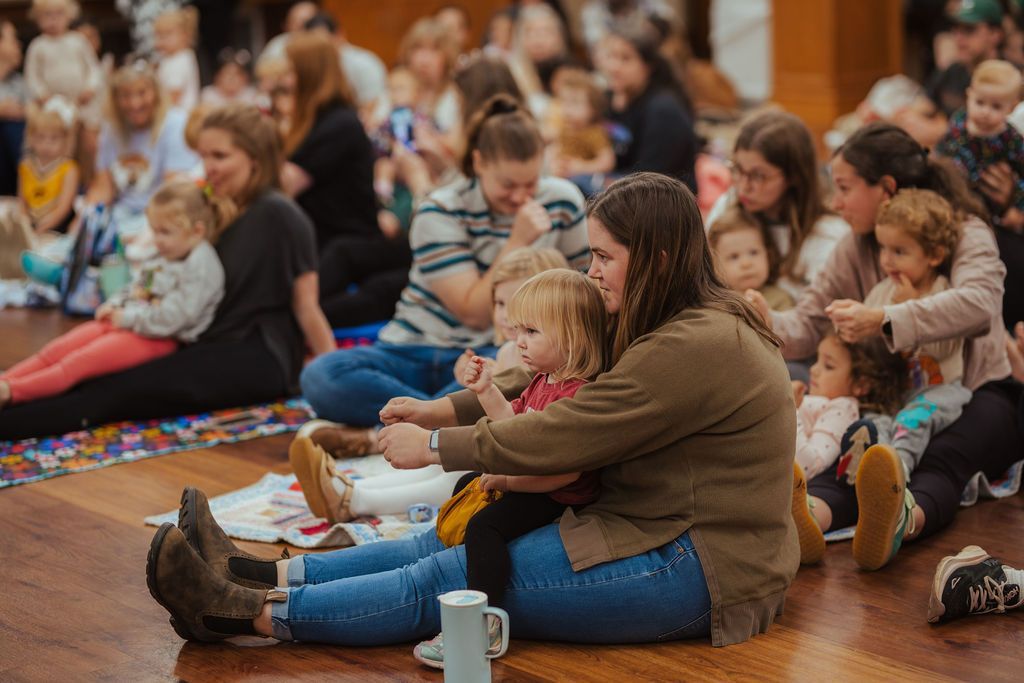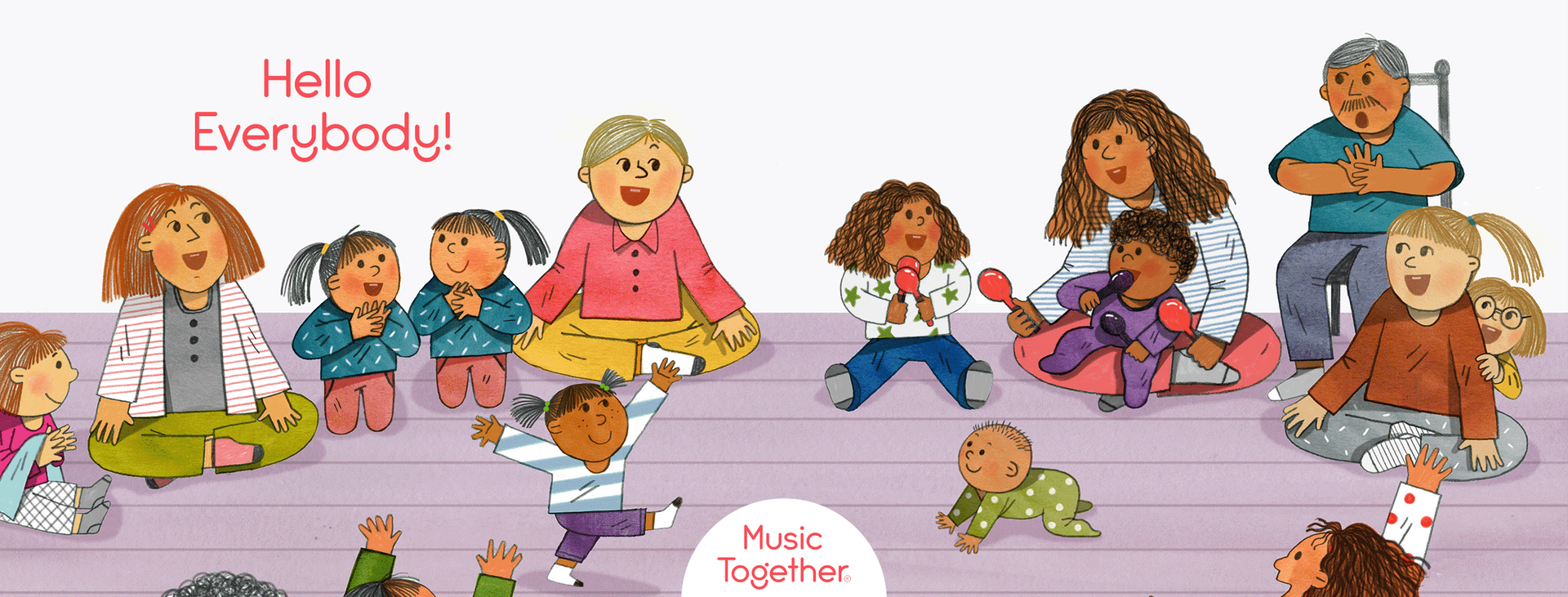Grief and Belief
The Rev. Charles Youngson
March 26, 2023
“Grief and Belief”
Charlie Brown cartoons were a staple of my childhood TV viewing. Every Halloween we watched “It’s the Great Pumpkin, Charlie Brown.” And when Christmas rolled around, we didn’t miss the annual airing of “A Charlie Brown Christmas.” Some adults would call me Charlie Brown, though not my childhood priest in Tuscaloosa the Rev. Ray Pradat. He called me Linus when I was a preschooler because I carried around a ragged baby blanket everywhere I went. (That’s one of my earliest memories. And yes, I still have what’s left of that blanket.) But to be honest—and I know this is heresy—I never really enjoyed Charlie Brown cartoons. Something bothered me about Charlie Brown. I really wanted to identify with him. After all, here was a cartoon character with my name. But Charlie is an anti-hero, the lovable loser. It drove me crazy that Lucy would never let him kick that football. I should probably go back and watch the Peanuts because I have a feeling there is a lot of wisdom in those cartoons that I missed as a young child. One of the things you learn sooner or later is that disappointment, frustration, and loss are part of life. Charlie Brown gets frustrated a lot. And what does he say when he’s fed up? “Good grief!” Grief is a part of life. As we heard today, even Jesus experienced it. But is there such a thing as good grief?
The gospel reading this morning is one of the most dramatic and frankly creepy passages in the New Testament. Today Jesus is summoned to his visit his friend Lazarus in the town of Bethany just a few miles outside of Jerusalem. He is very close to this family, including the sisters of Lazarus, Mary and Martha. We know Mary and Martha best from the Gospel of Luke. Mary is the starry-eyed dreamer who sits listening at the feet of Jesus, while Martha, the practical one is busy providing for her guests. But on this day, Martha shows that she is also a woman of great faith.
When Jesus and the disciples finally arrive in Bethany, Lazarus has been in the tomb four days. That’s an important detail because there was a popular belief at the time that the soul was permanently separated from the body after three days. So, by this point there would seem to be no hope of reviving Lazarus. First Martha comes to meet Jesus and says, “Lord, if you had been here, my brother would not have died.” Now I know this comment sounds like the ultimate guilt trip, but it's really a statement of her faith in Jesus, because she goes on to say, “But even now I know that God will give you whatever you ask of him.” And Jesus responds to her faith by telling her quite plainly that Lazarus will rise again. When Martha affirms her belief in the resurrection on the last day, Jesus tells her, “I am the resurrection and the life.”
These “I am” statements are hallmarks of John’s gospel. There are seven of them interspersed throughout it. As we heard last week, just before Jesus heals the man born blind, he tells everyone “I am the light of the world.” After feeding the multitude with only a few loaves, Jesus declares, “I am the bread of life.” We learn in John that Jesus is bread to the hungry, light to the blind, and life to the dead.
Martha then calls for her sister Mary, who comes and meets Jesus and gives him the same line that Martha has. By this point everyone is crying. When Jesus asks about where is Lazarus is buried, they respond “Come and see.” At the beginning of the Gospel of John, Jesus invites the first disciples to “come and see.” He’s inviting them on a journey of faith in which they will witness God’s glory revealed. Notice that in this passage, things are reversed. It’s like they are inviting Jesus to visit our places of heartache and grief. And that’s just what he does.
The next verse, John 11:35, is the shortest but one of the most important verses in the Bible: “Jesus wept.” Or as this translation renders it, “Jesus began to weep.” In that moment, Jesus’ own grief catches up with him. Throughout the Gospel of John, Jesus appears in complete control of every situation. And yet here the one who is the bread of life, the light of the world, the resurrection and the life begins to cry. The reason this tiny verse is so important is that it reminds us that Jesus is one of us. Jesus suffered just as all human beings suffer. He suffered not just the physical pain of the cross, but the emotional pain that we all must undergo. He suffered grief at the death of someone he loved.
If we are fortunate enough to live a long life, something most of us would say we want, then we know we will experience the loss of many loved ones. In fact, one of the harsh realities of life is that we eventually lose everything, including these bodies. As someone pointed out this past Wednesday at our Lenten program, there are no luggage racks on hearses. Despite the certainty that everyone who is born must also die, most of us spend our lives denying and resisting this reality. And our culture does everything it can to help us avoid the subject of death by trying to sanitize it and hide it from sight.
The result is that, unlike Mary and Martha, we are disconnected from the reality of death. Because our culture has so few rituals around death and grief, many are unprepared for them when they arrive, as they will. The church calls on us to accept that death and grief are part of the spiritual journey. We began Lent reminding ourselves that we come from the dust and to dust we shall return, and our Lenten program has been a small attempt to help us prepare for the end of earthly life. Because the Christian tradition in its wisdom knows that accepting these inevitabilities doesn’t prevent us from living joyfully and abundantly here and now. In fact, accepting that death and grief are part of life enables us to live fully now if we learn to see through the veil of our tears toward the great mystery that Jesus reveals.
The Lazarus story addresses death and burial, loss and grief, but it also addresses belief and resurrection. This man Jesus, who loved and wept for his friend, also had the power to bring him forth from the grave. This was not meant to be an impressive magic trick. It was not so that we could stand in awe of him from a comfortable distance 2000 years later. Jesus explains clearly why he raised Lazarus, that we might believe. The word “believe” appears eight times in this Gospel reading. Jesus invites us to believe just as he invited Martha that day to believe saying, “I am the resurrection and the life. Those who believe in me, even though they die, will live, and everyone who lives and believes in me will never die. Do you believe this?” She said to him, “Yes, Lord, I believe that you are the Messiah, the Son of God, the one coming into the world.” Here she makes as bold a confession of faith in Jesus as Peter does in the other three gospels. Peter’s Confession has its own major feast day in the church calendar. Martha doesn’t get quite the same recognition, just sayin’.
So what does it mean to believe in Jesus the way that Martha and Mary believe. Belief in John goes much deeper than our modern usage of the word. It’s more than giving intellectual consent to something that in uncertain, like saying “I believe it might rain today.” To believe in Jesus is to trust that his way is the way that leads to eternal life. That though these mortal bodies will die and return to dust, there is still reason to be joyful. As Paul writes in the passage we read from Romans, “If the Spirit of him who raised Jesus from the dead dwells in you, he who raised Christ from the dead will give life to your mortal bodies also through his Spirit that dwells in you.”
The raising of Lazarus is not the same as the resurrection of Jesus. After all, Lazarus did go on to die again. But it foreshadows the resurrection of Jesus. And it shows us that Jesus has power over death so that we can live with joy and hope in this world of grief and loss.
When Jesus begins to weep, notice how the people respond. They say, “Look how much he loved him.” Jesus experienced grief because Jesus experienced love, actual human love for his friends. We only grieve what we love. Grief is only good in that it reminds us of the centrality of love. For a life without grief would be a life without love, and that would not be life at all. In all that he does, from the raising of Lazarus to his own death and resurrection, Jesus proclaims a message that love is stronger than death. That is my core belief.
The thing I love about Charlie Brown movies is that no matter how much good grief Charlie and his quirky friends have gone through, at the end of the show, they take the stage and dance to Schroeder on the piano, Pigpen on the upright bass, and Snoopy on guitar. Each child has their own unique dance.
There is no life free from struggle. There is no life without loss. But if we believe in the way of love that Jesus embodied, we can find joy and meaning even in the worst of circumstances. So, I’m giving you a homework assignment. Sometime this week, I want you to tell God whatever it is you are grieving right now. I want you to trust that God is bringing new life out of that situation, and then I want you to turn on the Peanuts theme song and dance like Charlie Brown.
More Announcements






